The streets of India explode in a riot of colors every spring as millions celebrate Holi, the festival that marks the arrival of warmth after winter’s chill. Known globally as the "Festival of Colors," Holi is far more than just a visual spectacle—it’s a vibrant tapestry woven with mythology, social unity, and unrestrained joy. For outsiders, it may appear as mere revelry, but beneath the layers of powdered pigment lies a profound cultural and spiritual significance that has endured for centuries.
The origins of Holi are as colorful as the festival itself, rooted in Hindu legends that vary across regions. One of the most widely told stories revolves around the demon king Hiranyakashipu, who demanded worship as a god. His son Prahlad, however, remained devoted to Lord Vishnu. Enraged, the king ordered his sister Holika—immune to fire—to burn Prahlad alive. But divine intervention reversed their fates: Holika perished in the flames while Prahlad emerged unscathed. This triumph of faith over tyranny is commemorated the night before Holi with bonfires called Holika Dahan, where communities gather to sing and dance around symbolic pyres.
Another legend ties the festival to Lord Krishna, whose playful smearing of colors on Radha and other gopis evolved into a tradition. In the Braj region, this lila (divine play) is reenacted with particular fervor, with processions featuring musicians and performers depicting Krishna’s antics. These narratives aren’t just folklore; they anchor the festival’s ethos—good defeating evil, love transcending boundaries, and the divine manifesting in joy.
Preparations for Holi begin weeks in advance. Markets brim with gulal (organic color powders) in neon pinks, sunshine yellows, and emerald greens, while children stockpile water balloons. On the main day, social hierarchies dissolve as strangers drench each other in hues, shouting "Bura na mano, Holi hai!" ("Don’t mind, it’s Holi!"). Offices close, and streets transform into chaotic canvases where laughter drowns out inhibitions. The air carries the tang of thandai, a spiced milk drink sometimes laced with bhang (cannabis paste), adding to the festival’s uninhibited spirit.
Yet Holi’s magic extends beyond its carnivalesque surface. In villages, the festival reconciles conflicts as feuding neighbors exchange colors and sweets. Cities witness rare moments of unity—wealthy executives embrace street vendors, and generations dance together. "The colors make everyone equal," explains Delhi-based historian Meera Patel. "For one day, caste, age, and gender barriers blur." This leveling effect echoes ancient harvest celebrations where agrarian communities shared the first fruits of spring.
Modern Holi has also sparked global fascination, with color runs and corporate "Holi parties" adapting its imagery. But purists argue these iterations often miss the spiritual core. In Mathura and Vrindavan—the heartland of Krishna worship—devotees observe rituals for weeks, culminating in a Phoolon ki Holi where flowers replace pigments. Meanwhile, eco-conscious campaigns promote natural dyes to counter industrial chemicals that once caused skin ailments. Such adaptations show Holi’s resilience—a festival that honors tradition while embracing change.
As dusk falls on Holi, the colors fade into a shared memory. Participants scrub off the rainbow stains, but something lingers—the renewed human connections, the catharsis of collective abandon, and the quiet promise that after winter’s darkness, light—and color—will always return.
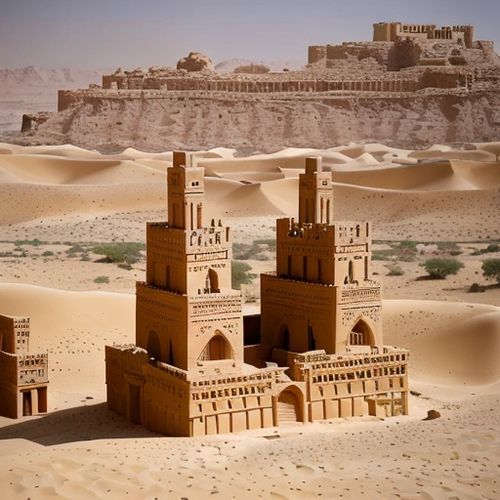
By /May 11, 2025
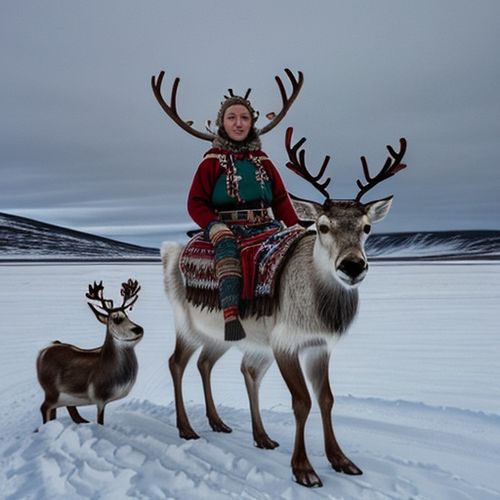
By /May 11, 2025
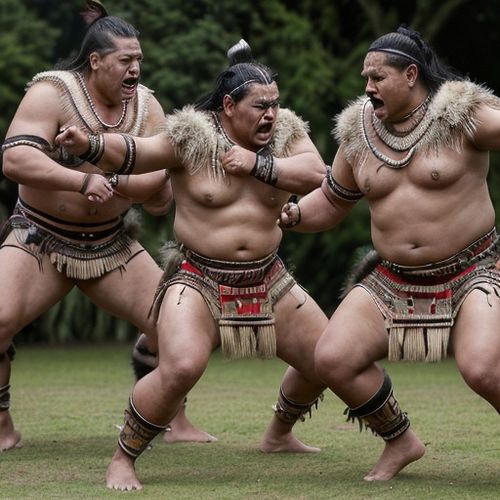
By /May 11, 2025

By /May 11, 2025
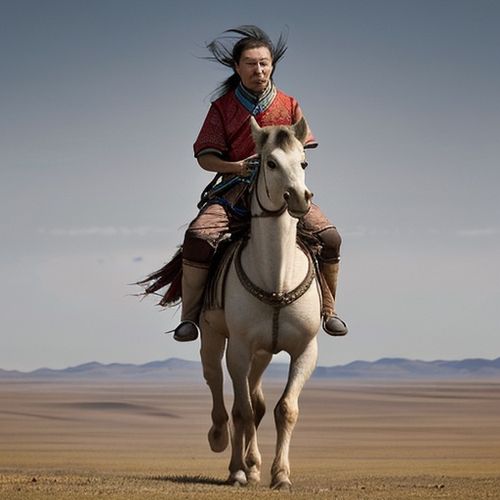
By /May 11, 2025
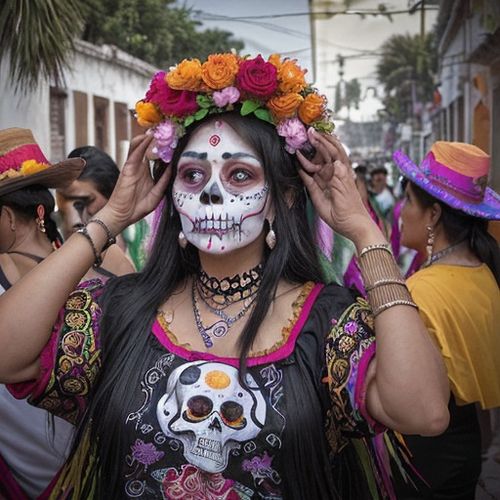
By /May 11, 2025
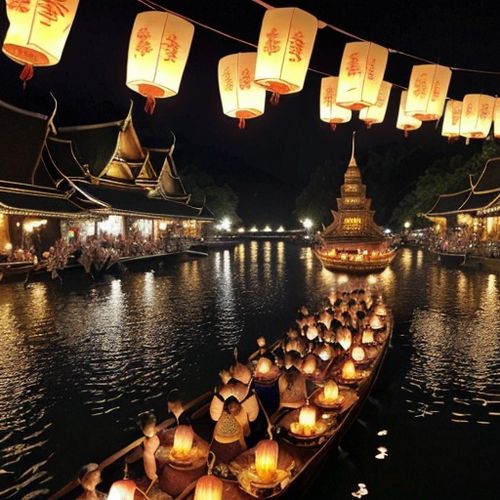
By /May 11, 2025
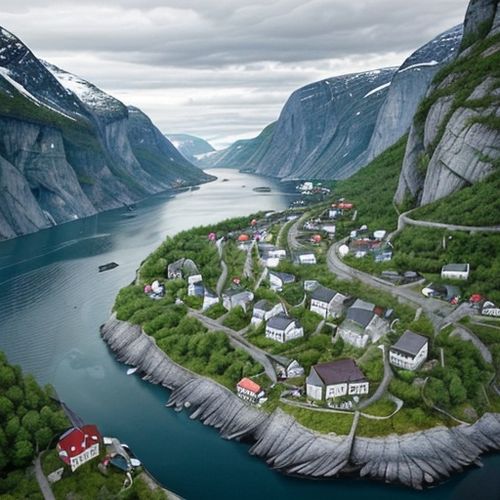
By /May 11, 2025
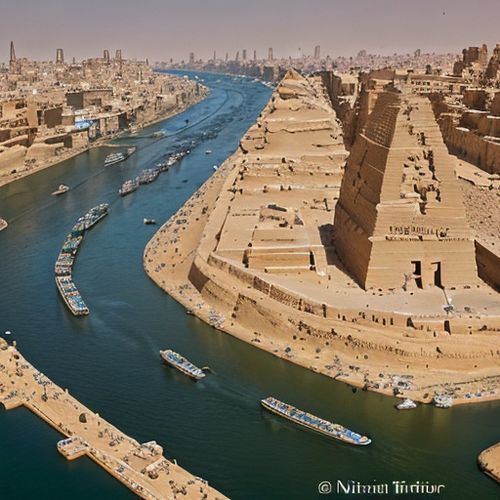
By /May 11, 2025
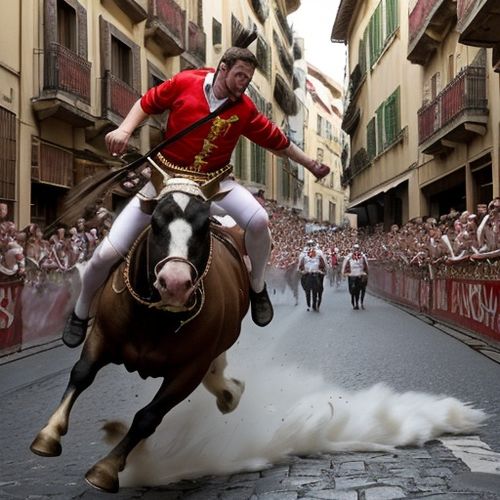
By /May 11, 2025

By /May 11, 2025
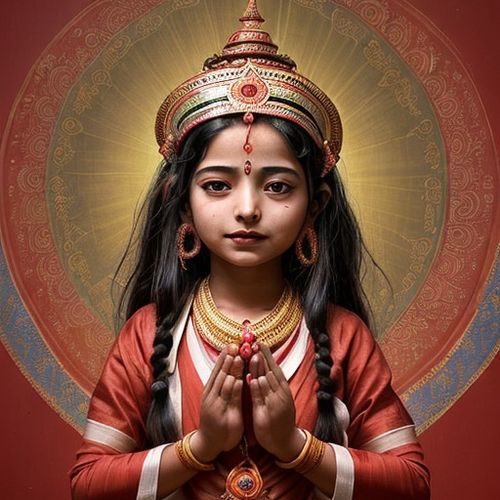
By /May 11, 2025
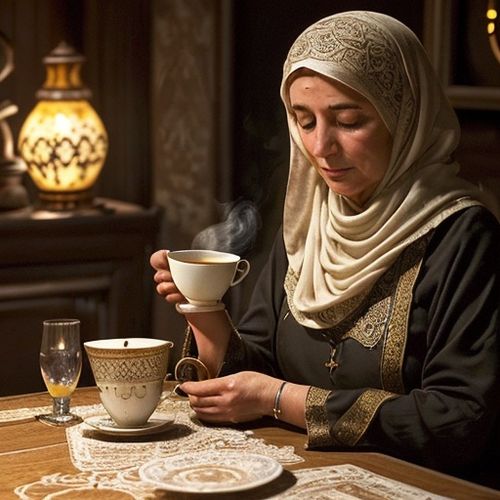
By /May 11, 2025
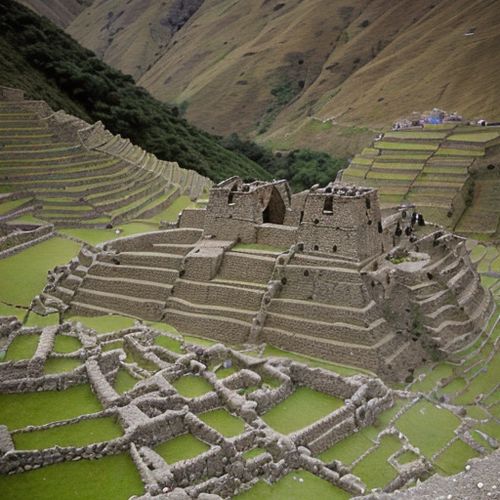
By /May 11, 2025
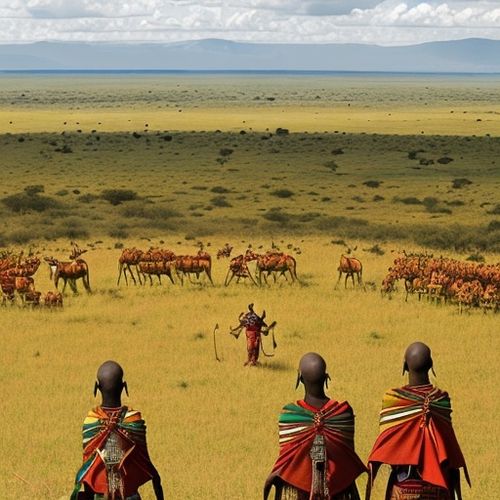
By /May 11, 2025
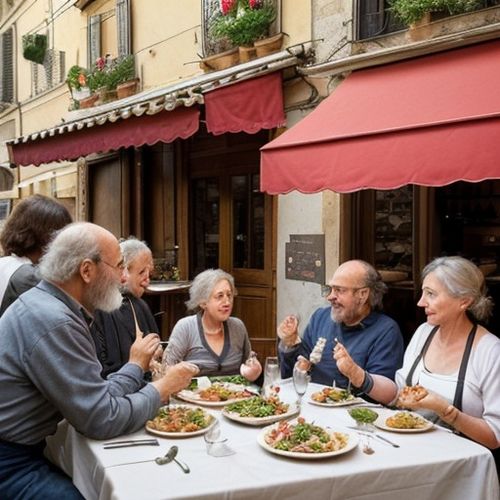
By /May 11, 2025
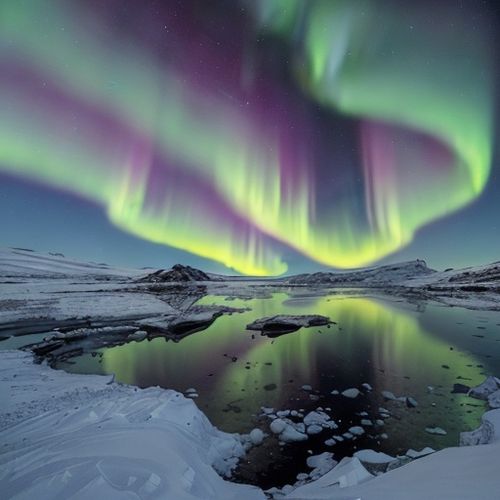
By /May 11, 2025
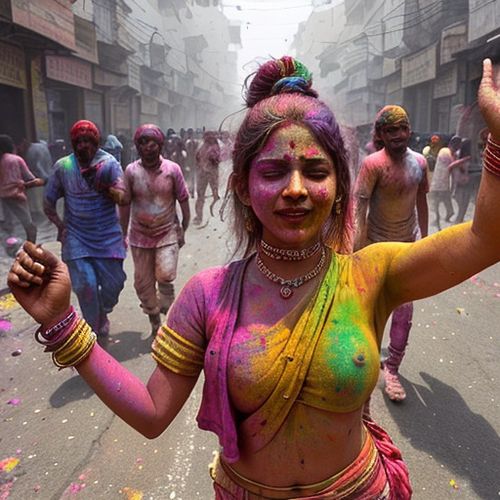
By /May 11, 2025
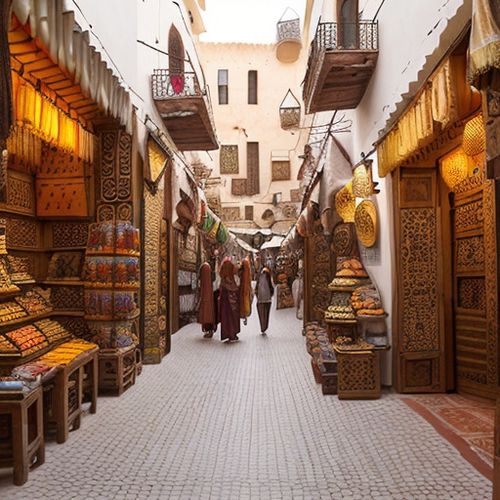
By /May 11, 2025
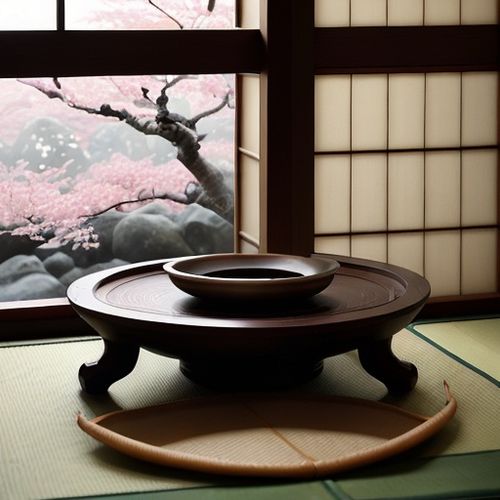
By /May 11, 2025